Dear President Biden,
I was so sad to hear you’re having trouble with Major.
As an owner of a reactive dog myself, I know how stressful and frustrating it can be to have a dog with reactivity issues!
For those who don’t know, reactivity refers to when a dog barks, lunges, or bites at an upsetting trigger. The trigger that sets a dog off can vary, but other dogs, strangers, loud noises, and bicycles are common ones.
Reactivity is a problem for many dogs, and can result from lack of socialization as a pup, or even just a single accidental traumatic incident during puppyhood. Any dog can become reactive, whether the dog is from a breeder or is a shelter dog.
As you no doubt already know from your time spent with Major as part of your family, reactive dogs aren’t bad dogs. When they aren’t around their triggers, most are delightfully sweet, gentle, and loving. However, reactive dogs become easily over-stimulated or frightened by their triggers and can quickly turn into barking, lunging messes at the drop of a hat.
I’d like to offer you a training plan to help Major work through his reactivity. With dedication and effort, you’ll definitely be able to see an improvement in that sweet black-and-tan pup!
1. Muzzle Train Major
The first thing I’d suggest is to start muzzle training with Major immediately.
Muzzles get a really bad reputation as something only for “bad dogs,” but in reality they are immensely valuable as a training and safety tool.
Taking Major out on a muzzle is basically a guarantee that everyone will stay safe and happy. It allows you to let Major engage with his triggers (aka stimuli that freak Major out) without the risk of a bite happening.
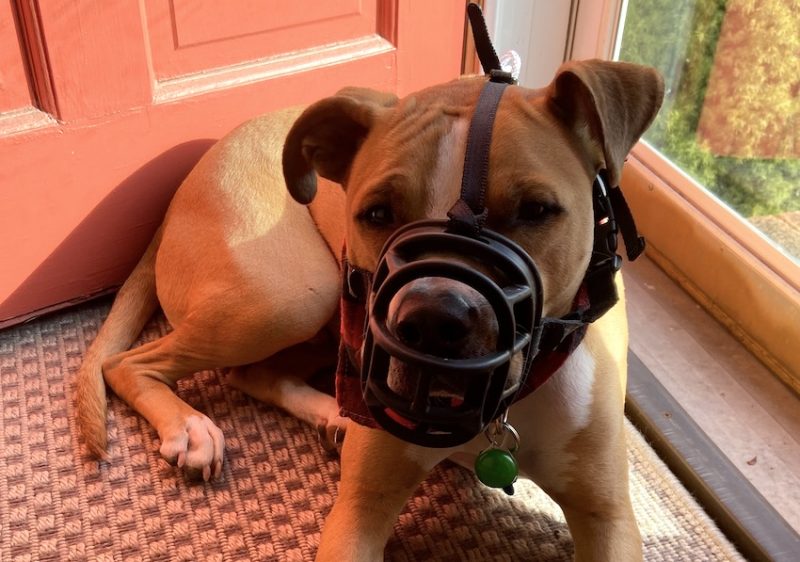
My own dog has always been gentle and tolerant of children, but when my friend brought her three toddlers over my house for a visit, I decided I’d rather be safe than sorry and muzzled up Remy. I was pretty confident nothing bad would happen — but with a muzzle, I could be 100% sure.
Keep everyone safe by getting Major a muzzle!
One thing to keep in mind is that you can’t just slap a muzzle on Major and call it a day. Muzzles are pretty freaky devices to dogs, so you need to slowly desensitize Major to the muzzle.
Start off by just showing Major the muzzle and giving him treats for looking at it and sniffing it. Then you can graduate to feeding Major some food through the muzzle holes (without latching it onto his face). You’ll want to make sure you buy a hard muzzle made of stiff materials with holes that allows Major to drink, pant, and eat out of.
Don’t go for the fabric muzzles that keep a dog’s mouth shut — those are grooming muzzles and should only be used for very short periods of time.
After a few days practicing that, if Major seems relaxed around the muzzle, you can snap it onto him for just a few seconds at a time, feeding him peanut butter while the muzzle is on, and then quickly snapping it off again, giving him plenty of breaks.
Only then, after Major happily shoves his nose into the muzzle, will you want to latch it on and let him spend a significant amount of time with it on. I’d suggest starting out with a 10 minute session, offering plenty of treats and food, going up to 20 minutes the next day, etc.
You can even try feeding Major his entire dinner through the muzzle to make muzzle time super fun!
I like to refer to Remy’s muzzle as his “party hat” to make it feel more like a celebration for us both. Then I can say with great enthusiasm, “it’s time for your party hat!” and Remy will get excited since he knows he’s about to get some tasty goodies!
If Major seems freaked out, I’d suggest going back a few steps. Slow and steady is best to make sure that Major associates his muzzle with only good things.
2. Start Desensitization + Counter-Conditioning Training
The majority of your training work with a reactive dog like Major should involve desensitization and counterconditioning. Desensitization is the practice of making a dog’s triggers no longer novel or special.
So, for a dog who is afraid of bikes, I might suggest spending some time regularly visiting a bike path location where you can still stay a significant distance away from the actual bicycles.
You want to be far enough from your dog’s triggers that he can still remain calm and not react. The goal is to simply get to the point where bikes are no longer an extraordinarily novel experience.
Alongside desensitization work, you’ll want to do some counter-conditioning.
Counter-conditioning involves changing your dog’s negative, fearful, or over-aroused response to a trigger, to something calm and positive.
For our bike example, the owner would keep their dog at a distance from the bikes where the dog could still remain calm (referred to as keeping a dog “below threshold”) and feeding the dog treats whenever he sees a bicycle. If this practice is done over time, the dog will no longer associate the bicycles with fear or nervousness, and will instead associate bikes with good things, like treats!
While I don’t know the details of what happened prior to Major’s nipping incidents, it sounds like he is freaked out by all these strangers around him (understandably)!
I’d suggest taking some time to hang out in areas where Major frequently sees these intimidating, suited strangers in sunglasses and let him observe at a distance. When Major takes note of a stranger, give him some high-value treats (like chopped hot dog pieces of cheese) so long as he is staying calm.
This is how you can teach Major that White House staff and security are not so bad after all!
You can also modify this exercise into a Engage / Disengage game, which we have a full video demo of here:
3. Employ Management Strategies Like Gates
Gates are a really gate management strategy with reactive dogs.
When you’re having an event where a lot of strangers will be around, consider gating Major off in a quiet side room where he can watch the action while still staying safe and having a comfy private area to relax in.
You can get specialized indoor dog gates, some of which can be arranged in various shapes. Or a baby gate works great too!
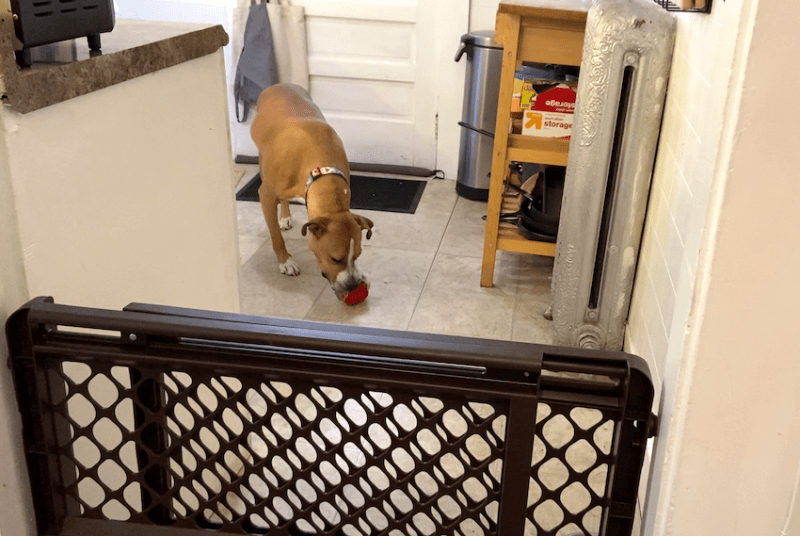
Gating Major off in a separate area also allows you to do some great rounds of the “Treat and Retreat” game. You can have White House staff members or visitors take treats and throw them into the room Major is hanging out in, gated off. Then, when Major takes the treat and turns back towards the stranger, have the stranger throw another treat.
Many folks don’t realize that asking a dog to approach a stranger and take a treat from their hand is asking a lot from the dog.
This kind of interaction can be very challenging and stressful for a nervous dog (and German Shepherds like Major are known for being a bit skittish). So instead, throw the treat to the other side of the room and allow the dog to retreat and grab the goodie.
When the dog turns back towards the stranger and approaches, even just a step or two, reward by tossing another treat. This builds up a nervous dog’s confidence, shows him that strangers will respect his space, and allows the dog to build positive associations with strangers without putting the dog in a compromising position he is not ready for.
4. Use a Long Line
I’d also suggest employing the use of a long line. It sounds like Major simply can’t be trusted off leash right now, and that’s fine!
Long lines are a really great substitute for off-leash fun. Long lines are extra-long leashes that come in 20ft, 50ft, and even 100ft lengths! They’re super light-weight, giving the dog the physical sensation of being off-leash while allowing you to grab him if need be.
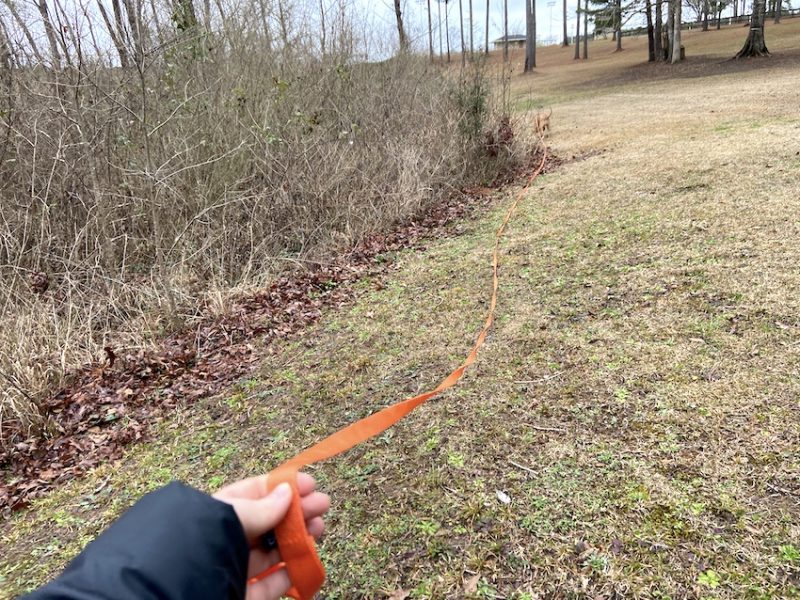
You can even drop a long line onto the ground and let your dog frolic about, only picking up the long line when it seems like they’re about to take off.
I could see Major having a ton of fun frolicking across the White House lawn with a long line attached!
5. Skip the Board-And-Train
I know that after Major’s last nipping incident he was sent off to a training program. While I commend your commitment to Major’s training, a board-and-train facility (aka doggie bootcamp) isn’t the kind of program Major needs for a reactivity issue.
Reactivity requires some serious long-term behavior change, and that simply can’t happen at a two-week facility. It requires understanding and training practice by the handler. A professional – no matter how skilled – can’t make an issue like reactivity disappear within a couple of weeks.
While board-and-train facilities can be great for teaching dogs basic obedience skills, they are not a great option for behavioral issues, because most behavior change for dogs requires changing the behavior of the humans they live with as well!
Even more concerning, many board-and-trains (though not all) employ some pretty intense training strategies in order to get results for their clients in such short periods of time. It’s not unusual for these facilities to use e-collars, which are controversial training tools banned in many other countries.
Instead, I’d suggest working with a Certified Dog Behavior Consultant. These are certified professionals who understand dog behavior and use up-to-date, scientifically-backed training strategies to help modify your dog’s behavior.
Most modern dog training relies on rewarding good behavior and teaching alternative behaviors, rather than punishment (which can escalate the situation and make matters worse for some reactive dogs).
6. Be Patient
I know from personal experience how upsetting it can be to have a dog who bites when triggered. My own rescue pit-mix Remy used to nip at my arms, legs, and clothes several times a day whenever he got over-excited.
Like Major, he didn’t usually break skin, but he left me with some serious bruises and scars!
I’m happy to say that, employing some of the training suggestions detailed above, this behavior is no longer much of an issue for Remy.
I know I don’t need to tell you this, but please be patient and compassionate with Major. As you’ve said yourself, he’s a sweet dog.
Remember that his entire world has been turned upside down. He’s in a new, chaotic environment full of strange smells, tons of strangers, less regular access to his family, etc.
Any move can be stressful for a dog, but a move to the White House is bound to be much more difficult for a canine.
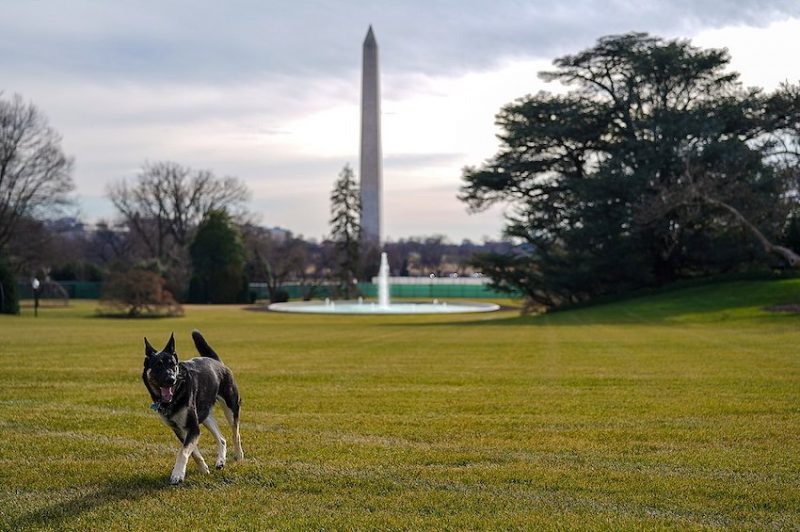
All owners of reactive dogs know that “bad” dog behavior isn’t solely the result of poor training. It can be the result of genetics, lack of socialization, a traumatic incident, or a mix.
Working with a reactive dog like Major can be incredibly stressful, but I promise that when you do start to see improvements, you’ll feel proud both of Major and yourself for all the work you’ve done together.
It’s not always the most fun group to be a part of, but on behalf of all the other owners out there working hard to resolve their dog’s reactivity issues, welcome to the club. You’re not alone!
Good luck, Mr. President — we’re all rooting for you and Major!
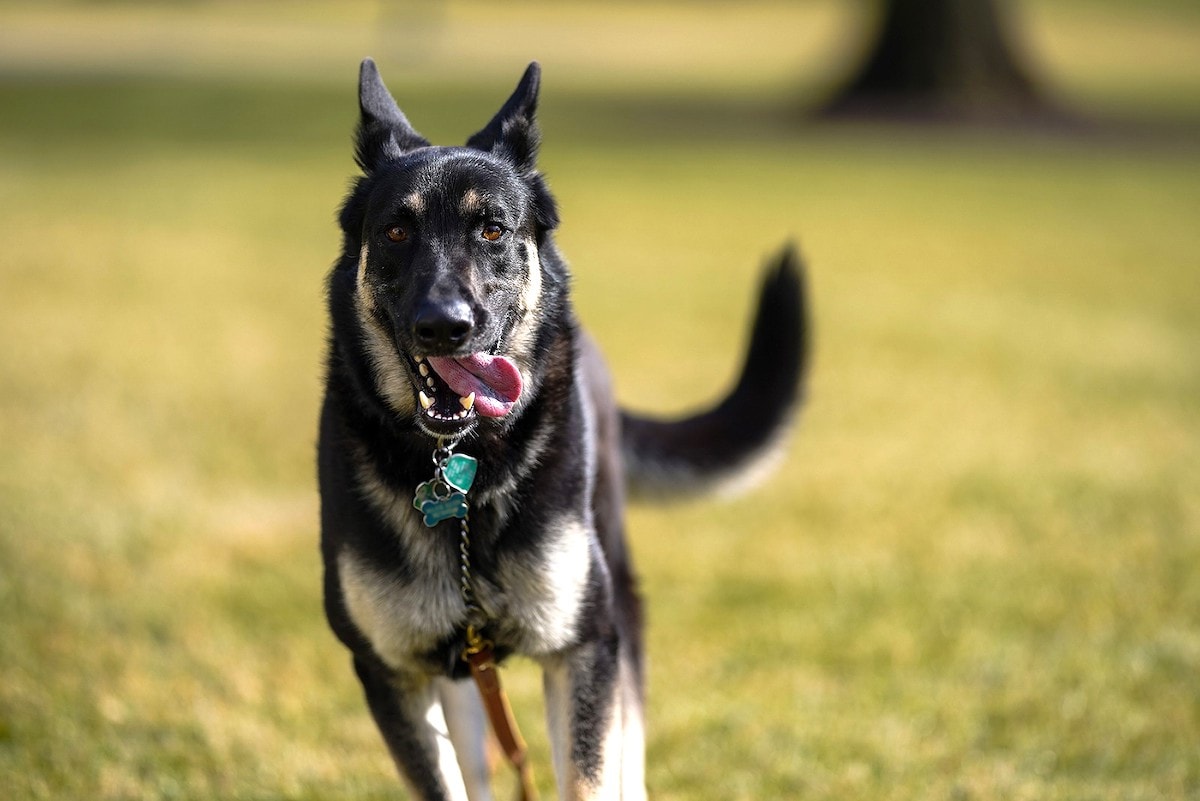

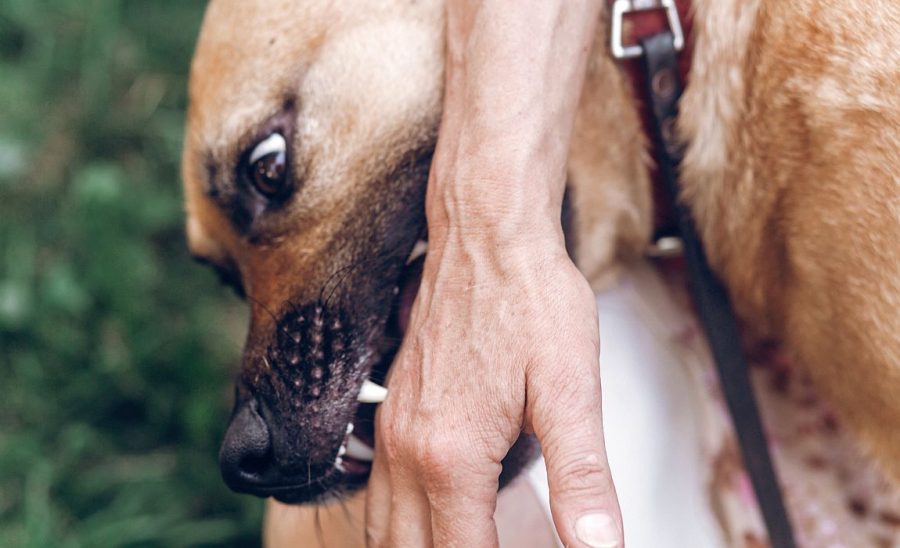


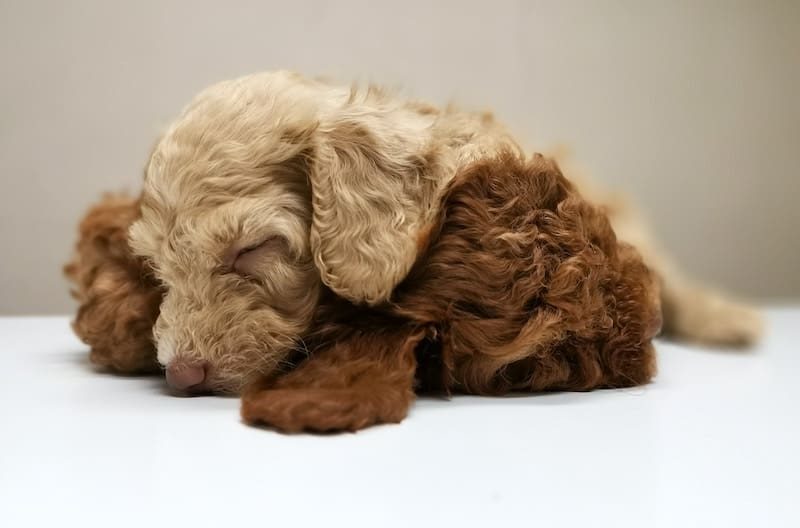
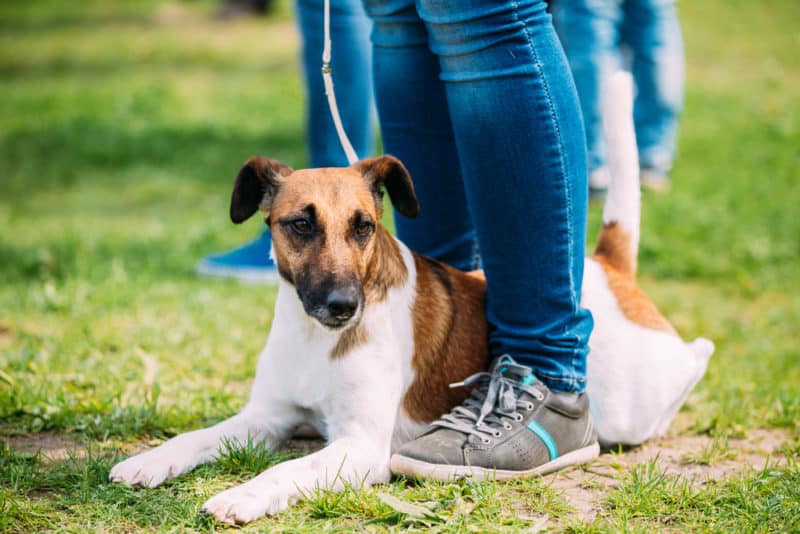
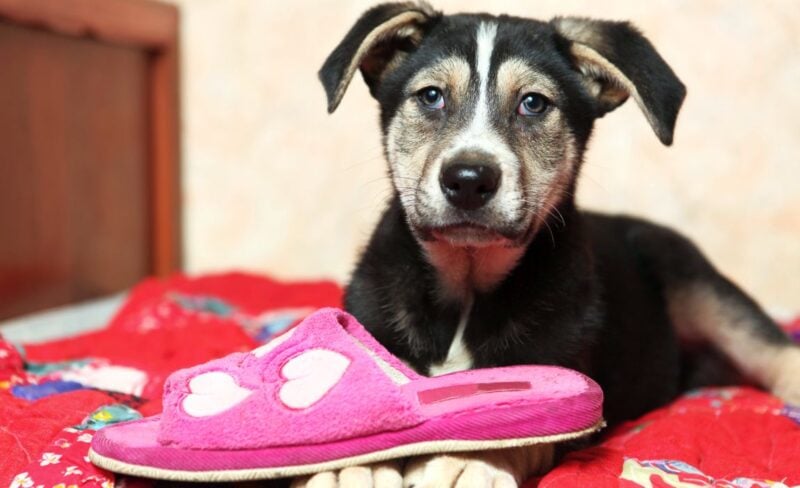
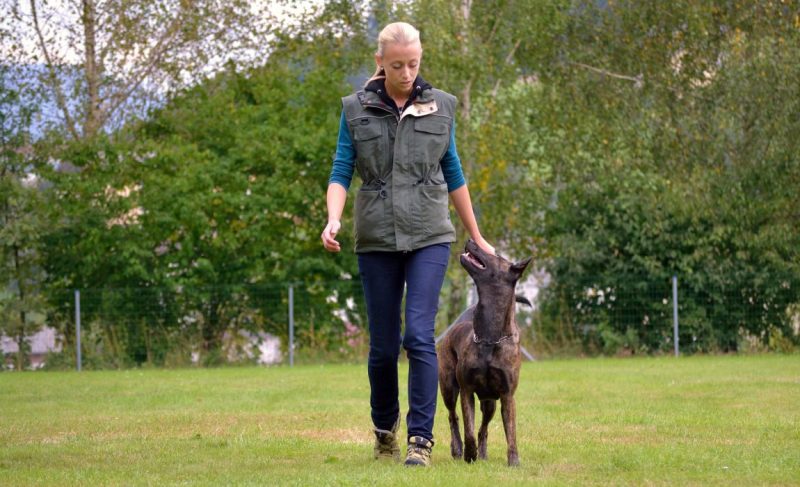
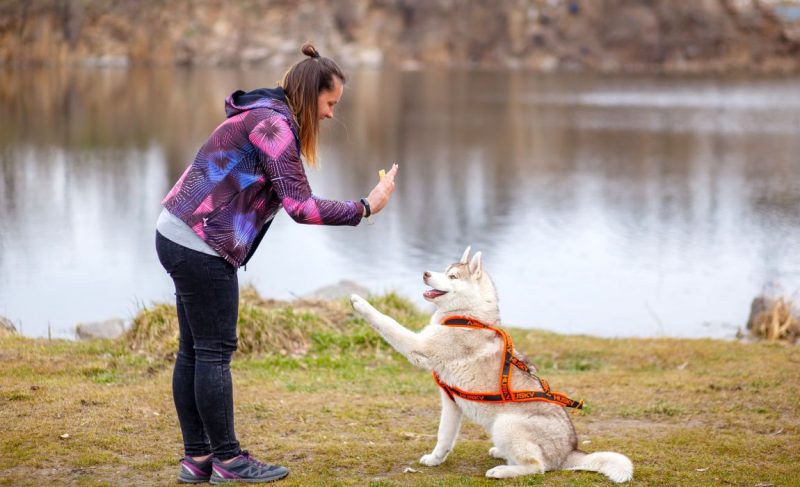
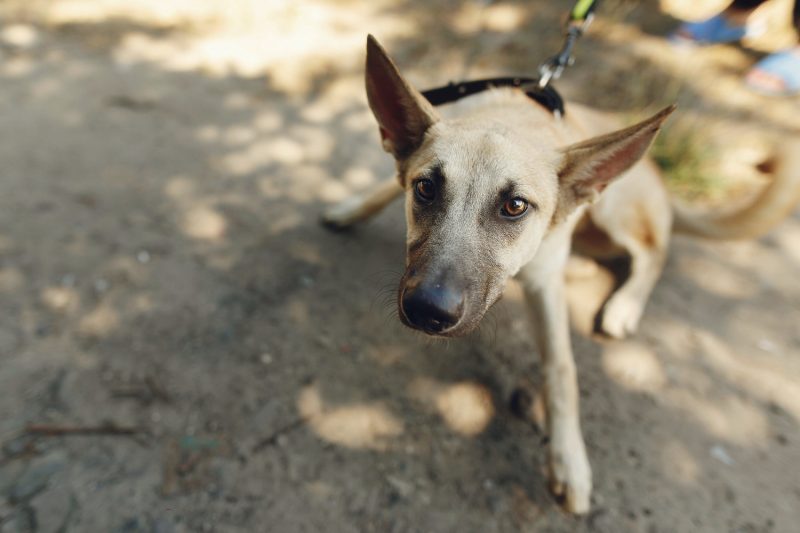
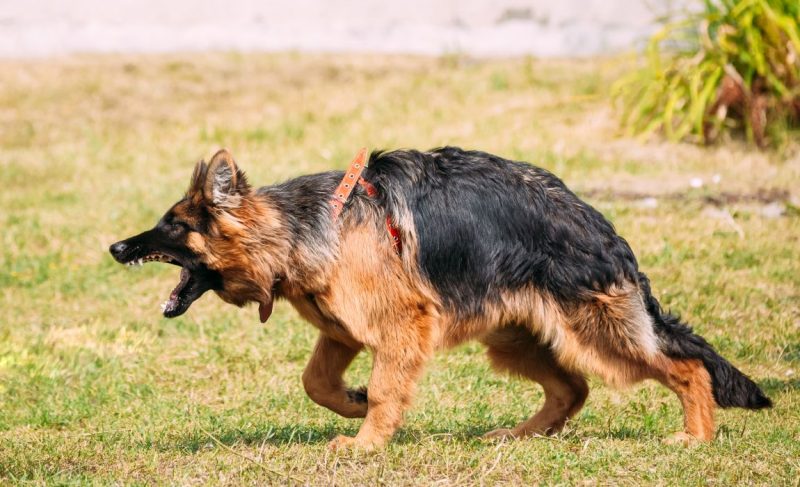

Leave a Comment